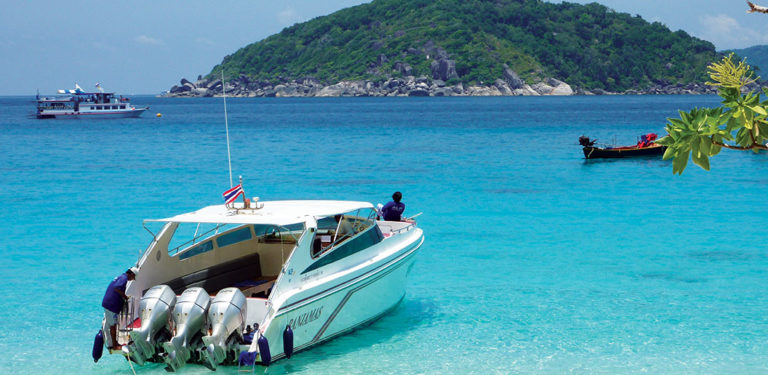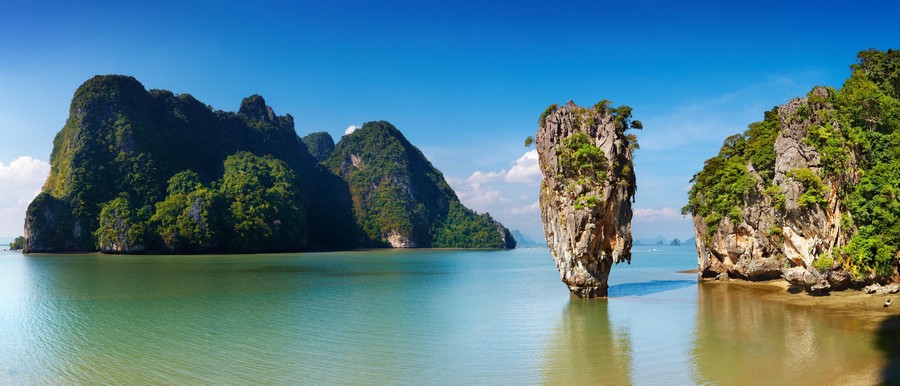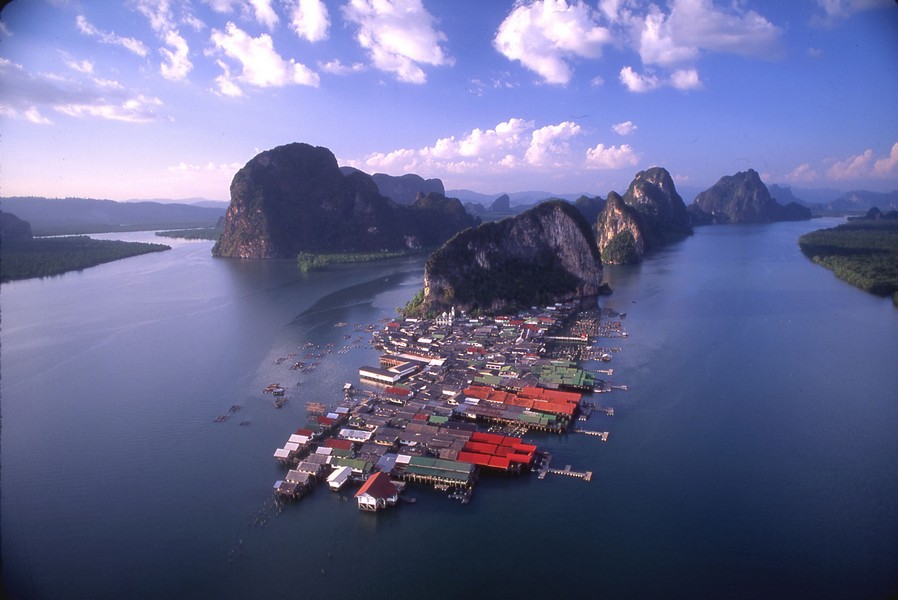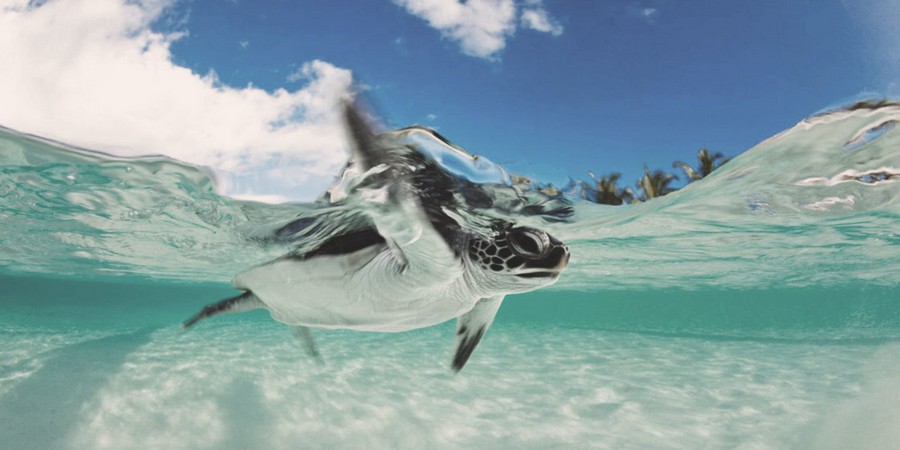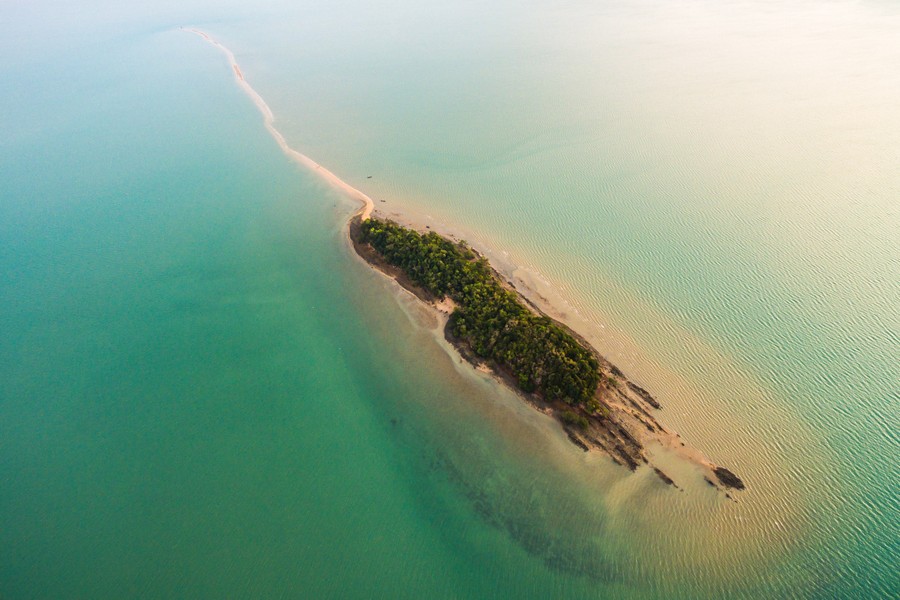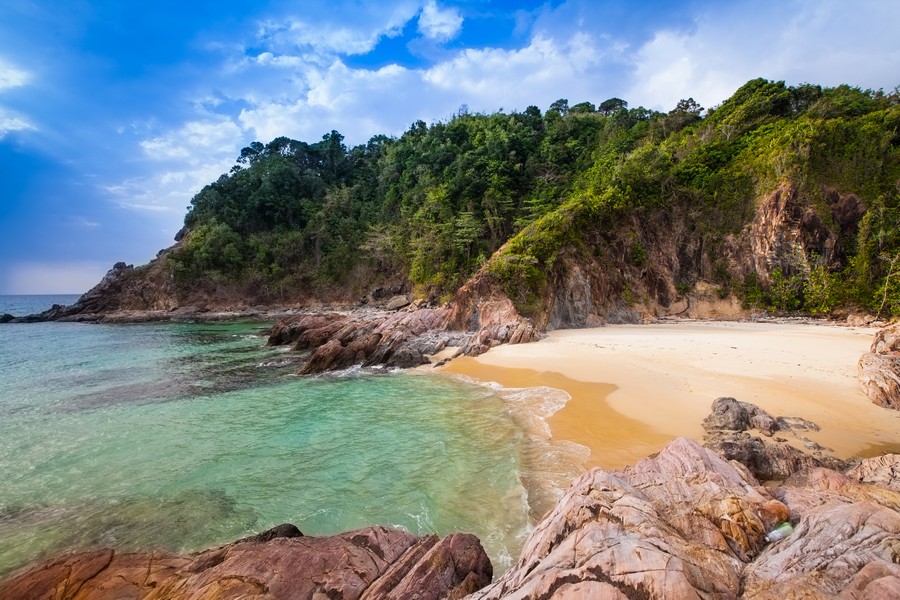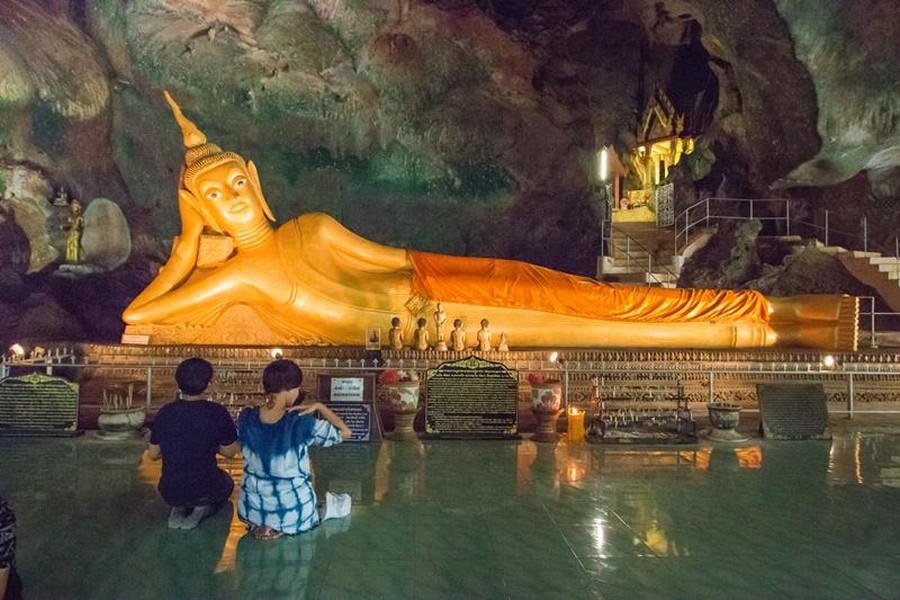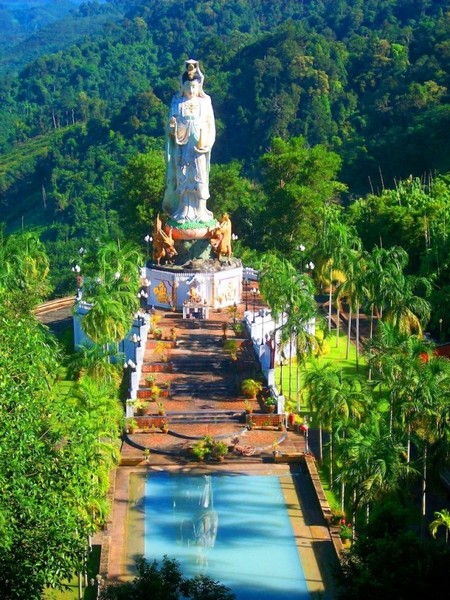James Bond is known as a pretty cool character. Gambler, womanizer, secret agent licensed to kill, that sort of thing. In this month’s Let’s Go, we take you to Phang Nga, where you’ll find James has an island.
Phang Nga is located on the west side of the Malay Peninsula, one of the provinces located in the south of Thailand, with the Andaman Sea’s refreshing shore to its west, Phang Nga Bay to the south, as well as Phuket Province, which is connected by a highway bridge.
This province is blessed with the many islands located in what’s known as the Phang Nga Bay; amongst them lies the famous James Bond Island, a limestone rock in the middle of the sea, shaped in the magnificent form of an upside-down cone. This fairytale-like sight was featured in The Man with the Golden Gun in 1974, a James Bond movie that made Thailand a marvelled tourist destination with an only upward trajectory. To ensure the protection of these rare, almost mystic islands, in 1981, the Phang Nga Bay National Park was established, which is how the Bay remains exotic and humble even with the many local and international visitors. Phang Nga is also famous for two other island chains, the Similan Islands and the Surin Islands, two of Thailand’s most prominent diving destinations.
What makes Phang Nga such a great holiday destination are the many beautiful sights all around the province. Apart from the James Bond Island, there are many other great things to see such as Ko Panyi, a unique fishing village on stilts giving it the impression of it floating right next to an enormous island that looks like a floating bolder. The town is comprised of a large Thai Muslim community providing an extra zest to those who enjoy culturally dynamic trips.
Another interesting community are the Sea Gypsies, who live on the small island of Ko Surin. The people of this little seafaring community live their lives as traditionally as it gets, even with the many curious tourists around.
If you enjoy viewing insanely colorful fish in crystal clear water, then Mu Ko Surin National Park is a must-visit. This archipelago of five paradisiac islands was declared a national park in 1981 and is near the Thai-Burmese maritime border. The area is undeniably rich in beauty, and the addition of coral reefs creates a picturesque and colorful scene perfect for snorkeling enthusiasts.
Snorkeling is not the only water sport you can enjoy during your visit to Phang Nga. You can also enjoy canoeing through and around the Bay while exploring the natural caves or travel with a motorboat or kayak through the more undiscovered parts of the Bay. Friendly local guides are also available to help you discover the many hidden caves and secret lagoons and share their knowledge of the wildlife, plants, and geology of the area.
Another extraordinary National Park within Phang Nga is the Khao Lampi-Hat Thai Mueang National Park. Here, one can go to both Namtok Ton Phrai and Namtok Lampi, large waterfalls with various levels which flow smoothly all year round. The Hat Thai Mueang is also one of the most significant attractions, a long beach where the sea turtle festival is held year after year to create awareness, foster, and protect the highly-endangered species that is the turtle. Between October and March, turtles lay their eggs on the beach, and a fence is put around them, so predators don’t have access. Once the eggs hatch, the turtles are taken care of and looked after until they are released back into the wild, a process that usually takes place at the beginning of March.
Similar to the freeing of sea turtles, Phang Nga is notorious for its many enchanting annual festivals. Just a few include Watermelon Day, when plenty of watermelons are offered, and a beauty contest is held, the Vegetarian Festival and the Sea Gypsy Boat Floating Festival, which celebrates and worships ancestors spirits. At the festival, fortune telling is practiced, and music and dance performances occur all over the province.
An important aspect of Thai culture is their temples. Although you may feel like you have seen it all in Bangkok, there are a couple of temples that are of great importance in Phang Nga and are entirely unlike those you may have visited in the big capital city. One of them is Wat Suwannakhuha, also known as the Cave Temple. This magical place has various caves within the temple’s boundaries, exemplifying the inexplicable greatness of mother nature. Another famous temple is the Wat Rat Uppatham, also known as Wat Bang Riang. The temple, located on top of Khao Lan hill, contains several structures, such as a highly detailed, bell-shaped pagoda known as Chedi Phutthanthambanlue. The Pagoda, at the very top of the hill, gives visitors the chance to overlook the many surrounding mountains as well as a giant Buddha statue and the angelical beauty of a Guan-yin Chinese Goddess statue, a clear representation of the beauty of coexisting religions.
Transportation to the district is a little unconventional. The nearest airport to Phang Nga Province is the Phuket International Airport, although there are frequent buses from Bangkok and other provinces, both air-conditioned and non-air-conditioned. Within the province, you’ll find the primary mode of public transport is the famous songthaews, the bulky pickup trucks with seating at the back for customers. However, the favorite transportation mode would undoubtedly have to be strolling through the towns while getting a golden tan.
Phang Nga is a destination where you can find eternal sunshine, local people’s warmth, translucent water bodies that magnify rare beautiful animal creatures, and the sea’s gentle breeze. All of which work in perfect unison to make this province the unimaginable paradisiac holiday spot you thought you could never find.


